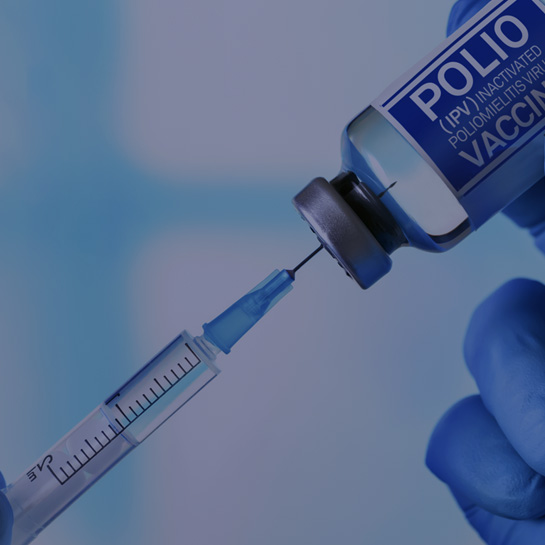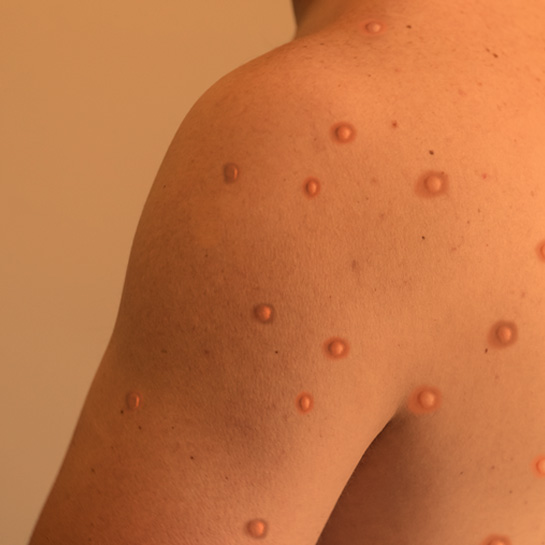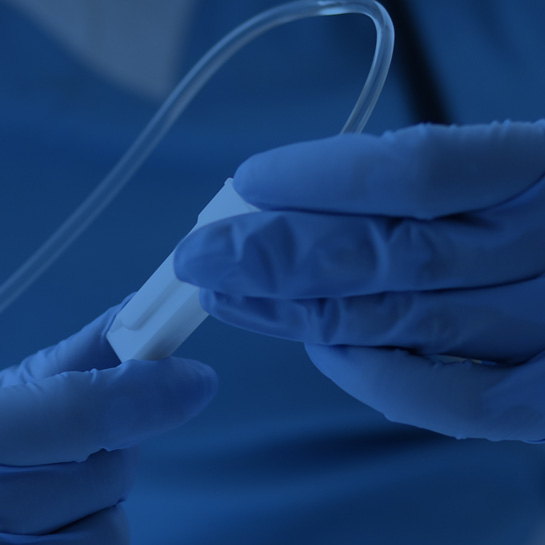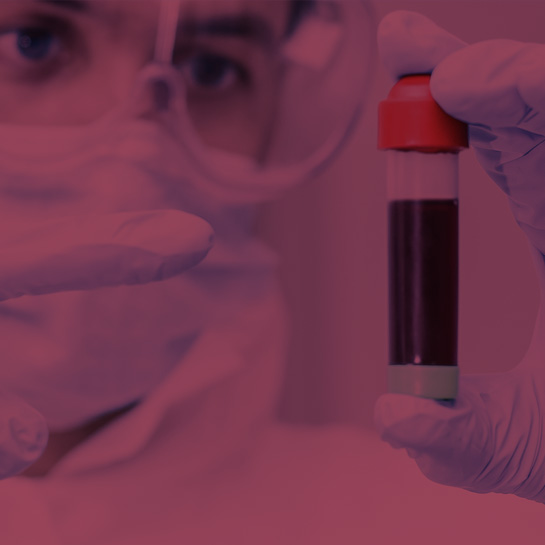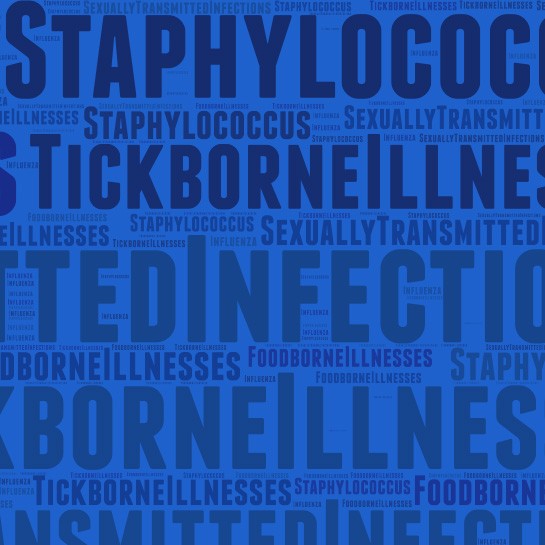Understanding Treatment
for Tuberculosis
What is tuberculosis (TB)?
Tuberculosis (TB) is a bacterial infection caused by bacteria called Mycobacterium tuberculosis, which primarily attack the lungs. These bacteria spread from person to person through tiny droplets in the air that are released when an individual with TB coughs, sneezes, or talks. Although anyone can contract TB, those with weakened immune systems are at a much higher risk.
There are two forms of TB, latent and active. Latent TB, also known as inactive TB, means that although you are infected, the bacteria remain in your body in an idle state and cause little to no symptoms. Latent TB isn’t contagious, although it can become active again and spread throughout the body at a later time.
Active TB, as the name suggests, means the bacteria are engaged in the body, will make you sick, and can also spread to others. This form of TB can occur within the first few weeks after being infected, but it can also happen years later. If you believe you’ve been exposed to the bacteria, go to your physician as soon as possible for tests.
What are the symptoms of tuberculosis (TB)?
The main signs and symptoms of TB include a bad cough that lasts three weeks or longer, unintentional weight loss, coughing up blood or significant mucus, weakness or fatigue, fever and chills, as well as night sweats.
How does ID Care diagnose tuberculosis (TB)?
One method of determining whether you are infected with TB at ID Care is through the Mantoux Tuberculin Skin Test (TST). This test is performed by injecting a small amount of a substance called tuberculin purified protein derivative (PPD) just below the surface of your forearm after cleansing the area with rubbing alcohol. The PPD extract will cause a welt to form on the skin, which usually goes away in a few hours. Within 48 or 72 hours after administering the test, an ID Care specialist will check your arm for swelling at the injection site. If a hard, raised bump appears, you’re likely to have TB (active or inactive).
ID Care experts may also order a newer TB test called Interferon Gamma Receptor Assay (IGRA), such as QuantiFERON-TB Gold or a T-spot. These are simple blood tests with fewer false positives than PPD skin tests because they eliminate all errors that may result from poor interpretation of the injection site. If you’ve received the Calmette-Guerin (BCG) vaccine as a child — a vaccine that is common in countries where TB is common — you may still have a positive PPD test result. However, the IGRA blood test will not be positive unless you have active or inactive TB. Our specialists may recommend a blood test rather than a skin test to confirm your diagnosis given its increased accuracy.
How does ID Care treat tuberculosis (TB)?
TB can be deadly if you do not receive the proper treatment. The best way for you to ensure you’re receiving the best treatment is to turn to an ID Care specialist. Active TB can usually be cured by taking several medications for an extended period of time, usually a few months. If you have latent TB, our experts will design a treatment plan to ensure it does not progress into active TB. And while the exact medication and length of your treatment rely heavily on your age, overall health, possible drug resistance, and the specific form of your TB, you can feel confident knowing you’ll always receive the highest level of care with any ID Care specialist.
SOURCE: Mayo Clinic

